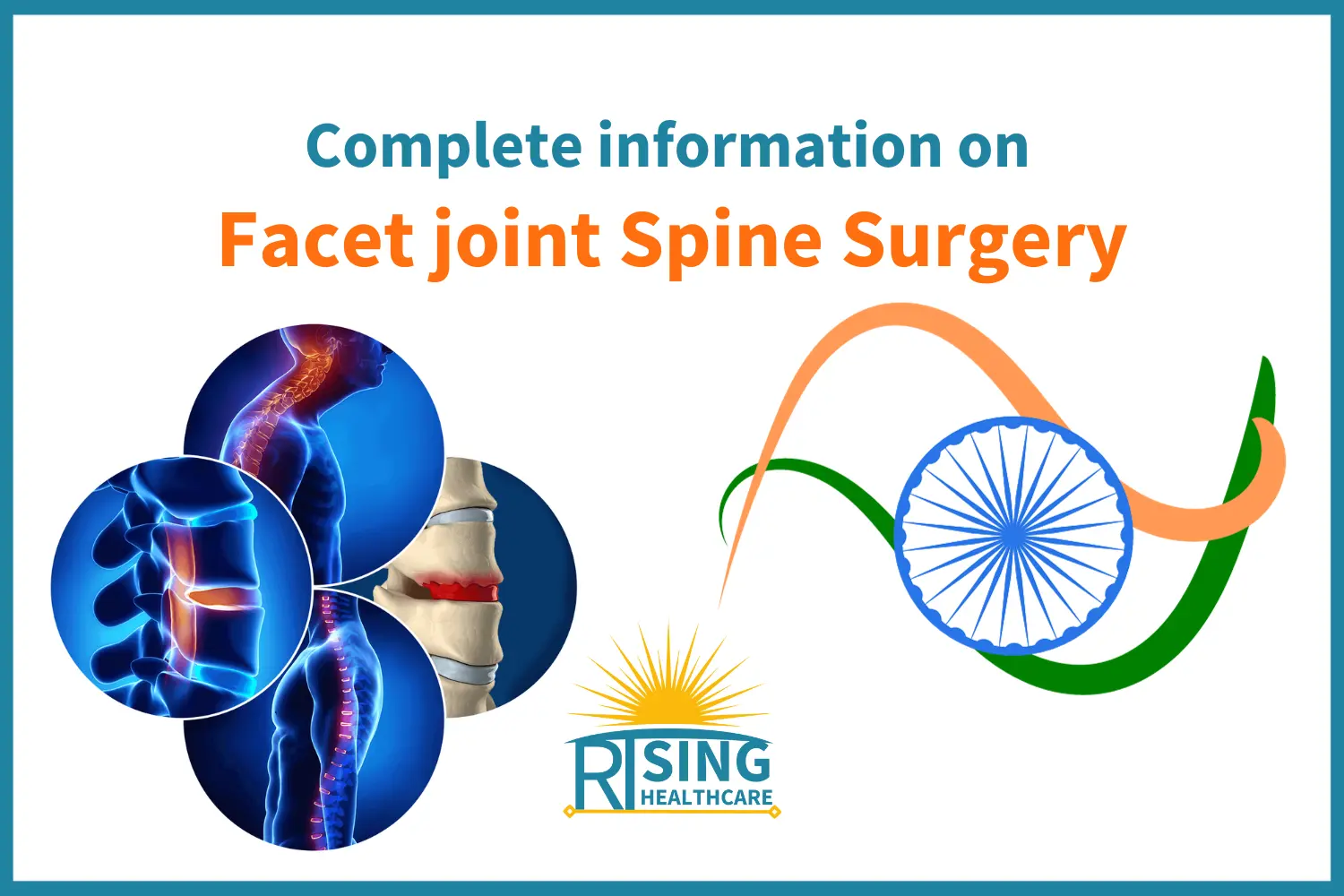
Facet Joint Spine Surgery: Relief for Facet Arthropathy
Introduction
If you’re struggling with chronic back pain, you’re not alone. Millions of people worldwide experience discomfort and restricted mobility due to various spinal conditions. One common cause of such pain is facet arthropathy. Fortunately, medical advancements have led to effective treatments, including facet joint spine surgery, which can provide relief and improve your quality of life.
In this article, we’ll explore facet joint surgery, its role in treating facet arthropathy, and the procedure known as facet fusion. By the end, you’ll have a clear understanding of these treatments and how they can help you regain your freedom from back pain.
Contents
Understanding the Facet Joints
Before diving into facet joint surgery, it’s essential to grasp what facet joints are and how they function in your spine. Your spine is made up of multiple vertebrae, stacked on top of one another. Between each pair of adjacent vertebrae are small, bony structures called facet joints. These joints play a pivotal role in supporting your spine’s flexibility and stability.
Facet joints have a smooth surface of cartilage, which allows them to glide smoothly against each other when you move. Additionally, these joints are surrounded by a capsule that contains lubricating fluid, ensuring frictionless motion. However, factors like aging, injury, or degenerative conditions can affect these joints, leading to facet arthropathy.
What Is Facet Arthropathy?
Facet arthropathy, also known as facet joint osteoarthritis, is a degenerative condition that affects the facet joints in your spine. It typically occurs as a result of the natural aging process or repetitive wear and tear on the joints. Here’s how it works:
- Cartilage Degeneration: Over time, the protective cartilage in the facet joints can break down. This cartilage deterioration can lead to pain, inflammation, and stiffness.
- Bone Spurs: As the cartilage wears away, the bones in the facet joints may respond by developing bony growths, known as bone spurs or osteophytes. These spurs can restrict joint movement and cause discomfort.
- Inflammation: Inflammation is a common response to cartilage degeneration and bone spur formation. This inflammation can irritate the surrounding nerves, leading to pain in the lower back or neck.
- Reduced Mobility: As the facet joints become more affected by arthropathy, you may experience a significant reduction in your spine’s mobility, making it challenging to perform everyday activities.
When conservative treatments such as physical therapy, medications, and lifestyle modifications don’t provide relief, facet joint surgery may be considered as an option.
Facet Joint Surgery: An Overview
Facet joint surgery is a medical procedure aimed at alleviating pain and improving function in individuals suffering from facet arthropathy. This type of surgery is typically considered when non-surgical treatments have proven ineffective, and the patient’s quality of life is significantly compromised due to persistent pain and limited mobility.
There are several approaches to facet joint surgery, but the most common ones include:
- Facet Joint Denervation (Radiofrequency Ablation): In this minimally invasive procedure, a specialized device uses radiofrequency energy to deactivate the nerves responsible for transmitting pain signals from the facet joints to the brain. By disrupting the nerve pathways, this procedure can provide long-lasting pain relief.
- Facet Joint Injection: Facet joint injections involve the injection of a corticosteroid and a numbing agent directly into the affected facet joint. This can reduce inflammation and provide temporary relief from pain.
- Facet Joint Surgery with Stabilization (Facet Fusion): Facet fusion is a more invasive surgical option that aims to stabilize the facet joint, preventing further movement and pain. It is often recommended when facet arthropathy is severe or when other treatments have failed to provide relief.
Let’s delve deeper into the facet fusion procedure and explore how it can be a game-changer for those with debilitating facet arthropathy.
Recovery and Rehabilitation
Recovery from facet fusion surgery can vary from person to person, but here are some general guidelines:
- Pain Management: You will likely experience some discomfort after surgery, which can be managed with prescribed pain medications.
- Mobility: Initially, you may need to wear a brace to support your spine while it heals. Your surgeon will provide specific instructions on when and how to gradually resume activities.
- Physical Therapy: Physical therapy may be recommended to help you regain strength and mobility in your spine. These exercises are designed to prevent muscle atrophy and ensure a successful fusion.
- Follow-up Care: Regular follow-up appointments with your surgeon are essential to monitor your progress and address any concerns.
- Long-term Outlook: Most patients experience significant pain relief and improved function after facet fusion surgery. However, it may take several months to a year for the fusion to fully solidify, so patience is key.
Conclusion
Facet joint surgery, including facet fusion, is a valuable option for individuals suffering from facet arthropathy. While it may seem intimidating, this procedure has provided relief and improved the quality of life for countless people dealing with chronic back pain.
If you’re considering facet joint surgery, consult with a qualified spine specialist who can assess your condition and recommend the most appropriate treatment plan for your specific needs. Whether it’s facet joint denervation, facet joint injection, or facet fusion, the goal is the same: to help you regain your freedom from pain and regain your active, pain-free lifestyle.

